Canning Safety Overkill?
This page may contain affiliate links. More Information.
On Simply Canning, I always emphasize canning safety and current methods for home canning. Sometimes that gets me in a position to not agree with the “old” ways. Sometimes people accuse me of canning safety overkill.
I want to emphasize that there is a lot of wisdom in SOME of the old ways…I’m not saying your grandmother or aunt or whoever was crazy. I’m also not accusing them of not caring for their families. Absolutely not! Many old-fashioned skills are fading away, and that is so very sad.
But some of the old ways can be improved upon. Not discarded, but made better.
Sometimes, we make assumptions about the “old ways”. For instance, we assume our grandmothers and great grandmothers did not have pressure canners. But that is not necessarily so. I address that more below. (Hint, pressure canners have been around a very long time.)
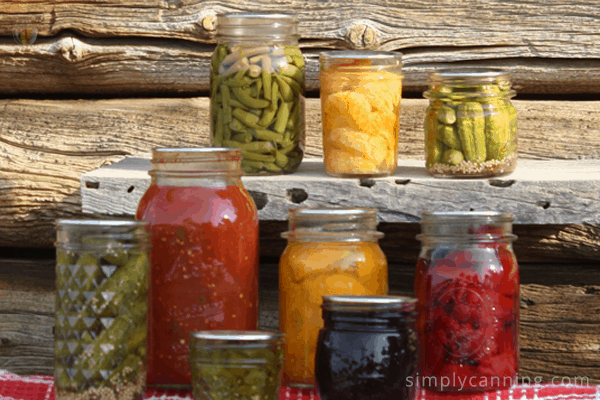
I’m all for old-fashioned skills. Our ancestors were a hardy, self-reliant people. But with food preservation, you may want to be open to new knowledge.
There are canning safety adjustments and methods available. You have to make your own decisions.
We all make our own decisions in our own kitchens. Make the safe ones.
Canning Safety Overkill and Food Preservation; No need for fear!
First, I want to mention…don’t be afraid! That is the last thing I want. I’ve been accused of scaring people off with all this discussion of canning safety. That is not what I’m about. I believe knowledge conquers fear, and I also know that some have a true fear of canning. It is simple and so safe if you just follow simple (mostly commonsense) directions.
My goal is to give beginning canners the confidence to get started. It really is simple! (If you are one who is truly afraid of your pressure canner…check out this video series.)
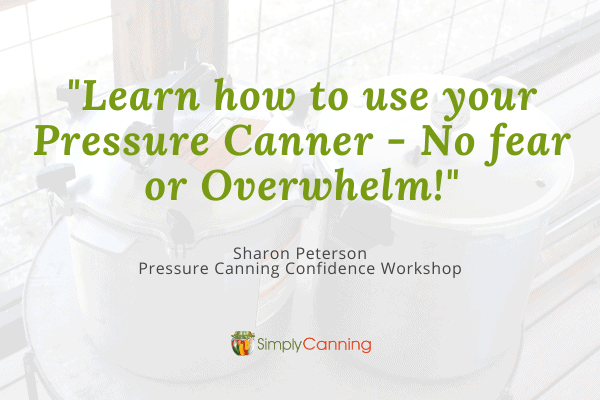
What Canning Methods are Safe?
Pressure canning is the only safe method for canning meats and vegetables.
Learn more about pressure canning here…
Either a water bath or a steam canner are safe for canning most fruits, jams, and jellies.
Learn more about water bath canning here…
Learn more about steam canning here…
Pickled items (including condiments and salsa) when using a tested recipe are safe for a water bath as well, but ONLY when using a tested recipe. The specifics of the food combination will determine the acidity of the product and the appropriateness of water bath processing.
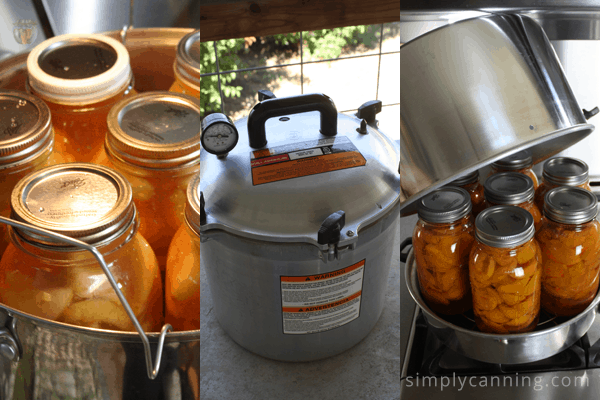
Home Canning Fruits and Vegetables – It can get testy!
Home canning of fruits and vegetables, jams, jellies, pickled items, and meats. These are all things I’ve been doing for a long time, and the popularity is growing! Facebook Groups abound with advice from all sides.
I want to warn you: Some of these groups are absolutely lovely and safe, and some are just plain dangerous. Watch out if you are on the “wrong” side of the “canning safety” question, on either side of the debate. Both sides can get testy. Both the “ultra-safe” to the “anything goes” crowd!
Social media is a crazy, crazy thing. People will say things there that they would never say to your face. Rudeness and self-defensiveness can abound.
Look for the facts, be cautious where you get canning advice (i.e., not everyone on YouTube knows what they are talking about), and make your own informed decisions.
And please, just scroll on by. Don’t get drug into an online debate about canning safety. It’s not productive to argue with total strangers.
What About Canning Safety Before Pressure Canners?
How did they preserve food before pressure canners were available? They are pretty new, aren’t they?
I’ve seen comments like these very often. Actually, pressure canners have been around longer than you might think. According to the National Center for Home Food Preservation, “In 1919 steam pressure canning was included and the study of this method versus boiling water bath processing was continued over a period of seven years. Meat, poultry, and fish were canned as well as vegetables and fruit.”
These studies were regarding home canning safety, so that means pressure canners were being tested for the home and were in existence by at least 1919.
Here is another quote:
“Despite the fact that the heat resistance discovered in the early 1900s was substantiated and many factors influencing the thermal death point uncovered, it took many years for USDA to incorporate this knowledge into its home canning publications.”
So since the early 1900’s, we have known scientifically that heat resistance in botulinum spores was an issue. Canning safety is not a new issue.
If this truly interests you, take a look at this document. If you are scientifically minded and want to know the history of home canning, you might find it fascinating. (It’s long and detailed!)
NCHFP – https://nchfp.uga.edu/publications/usda/review/earlyhis.htm#homecan
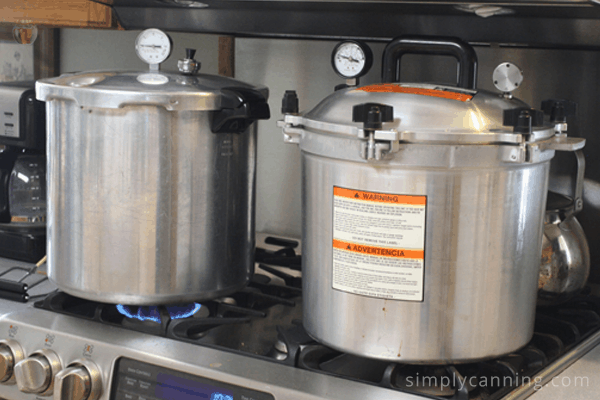
Botulism; How Prevalent Is It, Anyway?
So botulism is the food poisoning that is what most people think of when they are fearful of canning. Can you get botulism from canning improperly? Yes, it is definitely something that can happen. I’ve got an article here that goes into more about, what is botulism?
But how prevalent is it really? I’ll just leave another quote here…
“From 1996 to 2014, there were 210 outbreaks of foodborne botulism reported to the CDC. Of the 145 outbreaks that were caused by home-prepared foods, 43 outbreaks, or 30 percent were from home-canned vegetables. These outbreaks often occurred because home canners did not follow canning instructions, did not use pressure canners, ignored signs of food spoilage, or didn’t know they could get botulism from improperly preserving vegetables.”
https://www.foodsafetynews.com/2020/01/colorado-county-reports-first-foodborne-botulism-death-in-more-than-decade/
Rare? Yes, I think we can all agree it could be considered rare. But it does happen. I don’t want it to be me or you. If we have the ability to do better, we should.
Here are some individual stories of people who have contracted botulism from home canned food. And I do not leave this to cause fear! This is for those who think I’m being just too paranoid. I’m not paranoid; I’m informed and careful. (Wait until you see just how easy it is to avoid the whole bad scenario!)
Home Canned Potatoes – https://www.cnn.com/2015/04/28/health/potatoes-to-blame-for-botulism/index.html
Home Canned Carrots – https://www.northcarolinahealthnews.org/2015/05/12/botulism-case-highlights-need-to-follow-canning-directions/
Is it Canning Safety Overkill? I don’t think so.
So, now that I may have scared the be-jeebies out of you, I want to bring you down to earth and show you just how very easy it is to leave this problem in the dust. Canning safety is not hard.
- The high heat of pressure canning properly stops botulism.
So there you go. That is the answer to fear. Use a pressure canner when appropriate, and you are good to go. Here is an article that goes more into when to know you need a pressure canner.
How to know what canning method to use.
Don’t be afraid! That is the last thing I want. I’ve been accused of scaring people off from canning. That is not what I’m about. I believe knowledge conquers fear, and I also know that some have a true fear of canning. It is so simple and so safe if you just follow simple (mostly commonsense) directions.
My goal is to give beginning canners the confidence to get started. It really is simple!

Water Bath Canning Vegetables isn’t Safe!
Here is an example of someone who is honestly looking for answers. It may seem like we are on safety overkill. But really, we are not!
“Hi Sharon, I am just wanting to get your opinion. My brother and his wife have been canning for years. They don’t pressure cook or technically even water bath thier vegetables. They simply pour boiling water or broth over their vegetables, tighten the lids, turn upside down and cover with a towel until cool. That’s it. They have never had a problem with botulism.
Also, after some research, the reported cases of food born botulism in the US per year is less than 20 cases (granted, I don’t want to be one) with the majority of these 20 being from meat.
So, I am wondering if we are on “overkill” on the vegetable canning process. Thanks in advance.
That is actually a great question…and I’ve considered it myself. BUT I’ve had too many questions from people who have water bath processed their vegetables only to have them go bad.
I shared on Facebook an article about a man who took some shortcuts canning his meat and got very ill. I’ve heard stories of people who have died from botulism from improperly processed vegetables. One of these was directly from a friend of mine who knew the family.
The fact is, some food spoilage is easy to see. Mold, fermenting, and such you know is there, and you can take care of it. But the main concern is botulism. Can you tell if canned food has botulism? No, you can’t see, smell, or taste botulism.
It is something you have to decide for yourself. Obviously, there are no preserving police out there. 🙂 But I personally would NEVER, ever, ever open kettle can vegetables. I always use a water bath on my fruits and fruit products and pressure can meats and vegetables.
Please read through these articles and consider the risks.
- This page includes some info about open kettle processing (what your friends are doing) – Canning Methods
- More safety articles – Safety Recommendations
- Article on botulism – Botulism
I hope that helps you make your decision.
Sharon
The Difficulty of Dealing With Relatives and Friends. Nobody wants to offend Mom!
“Question: I was showing a friend and her mom how to can chili. Her mom has been doing it for years, however, when I looked into her canning room, more than just a few had mold on the top of the canned food in the jars. I use the Ball Canning Guide as my canning Bible.
I have always been taught that you heat the jars, setting them and the lids in hot water until you go to fill them. The stuff you are putting into the jars must be hot and fully cooked. The headspace for chili according to the guide should be 1 inch.
We overlooked the last point until after a few batches, which explains why our jars bubbled and spewed and did not seal. However, they decided that the reason this was occurring was because we heated the jars and the lids. They also wanted to reduce the time to 1/2 hr after jiggle. I was always taught to time it after jiggle. If the recipe called for processing at 10lbs for and hour and a half, that’s what you do.
Now some of the jars are not sealed, and honestly, I am nervous about eating chili that has not been processed but 1/3 the time the book calls for. I am thinking of tossing the chili out for the chickens. Any thoughts? Also, time begins after jiggle – correct???No one has ever gotten sick from my canning, and I give it as gifts to friends with no worries or reservations. Need some input on this!”
I would not eat this. You are right to be concerned. Chili MUST be pressure canned. Do it the correct way, and you won’t have to worry.
You may never change their minds. Canning safety can be a hot topic. Even so, you can graciously give them the safety information…then smile and let them make their own decision.
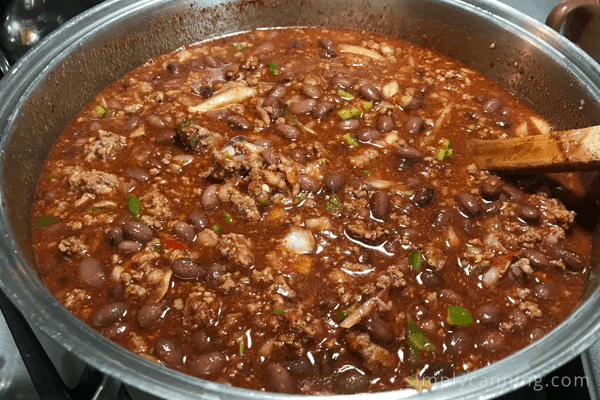
Liquid loss in home canning is common. It happens to us all on occasion. What could be considered extreme? SimplyCanning.com answers common newbie questions about liquid loss and safety.
Thankfully, like I mentioned earlier, botulism is very easy to avoid with some commonsense and best practices. SimplyCanning explains here.
What about boiling low-acid foods prior to eating them (not during the processing)? Let’s clear a few things up.
Pin this to find later.
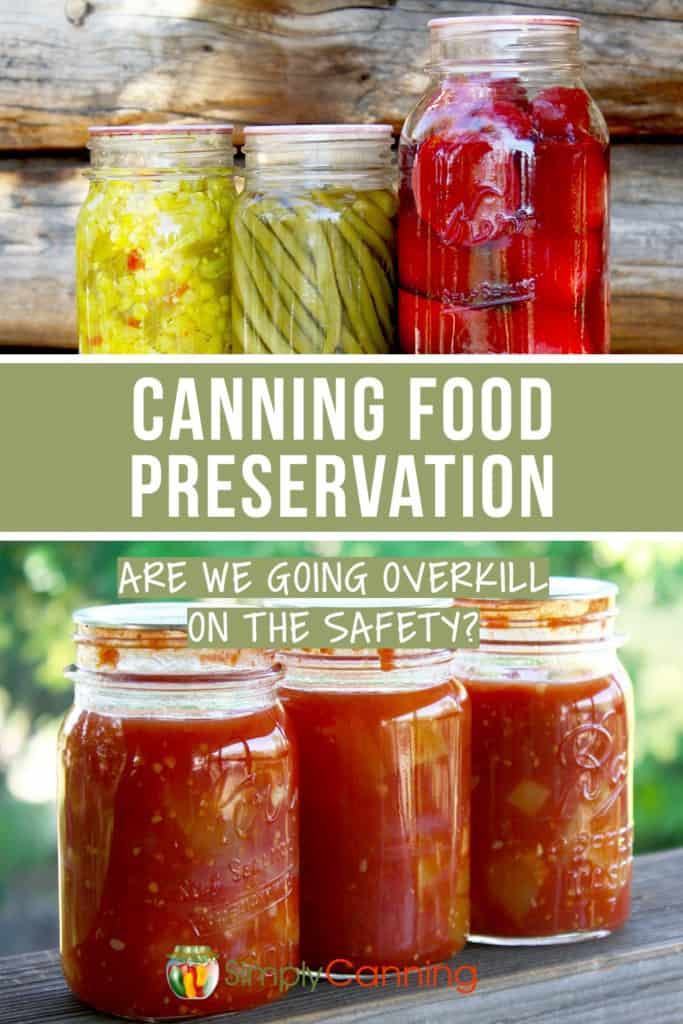

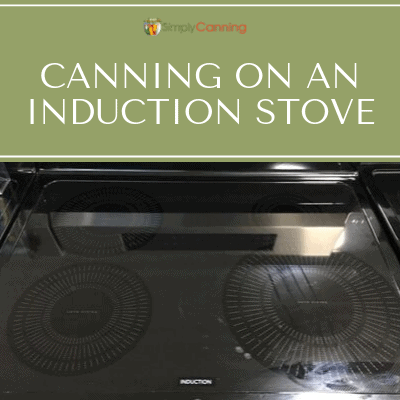
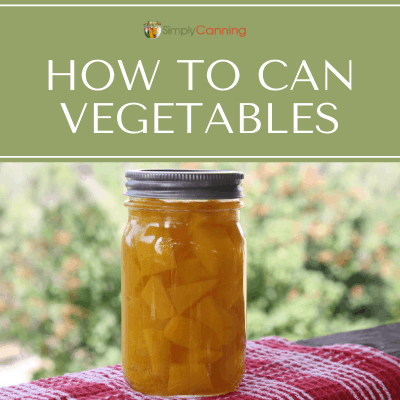
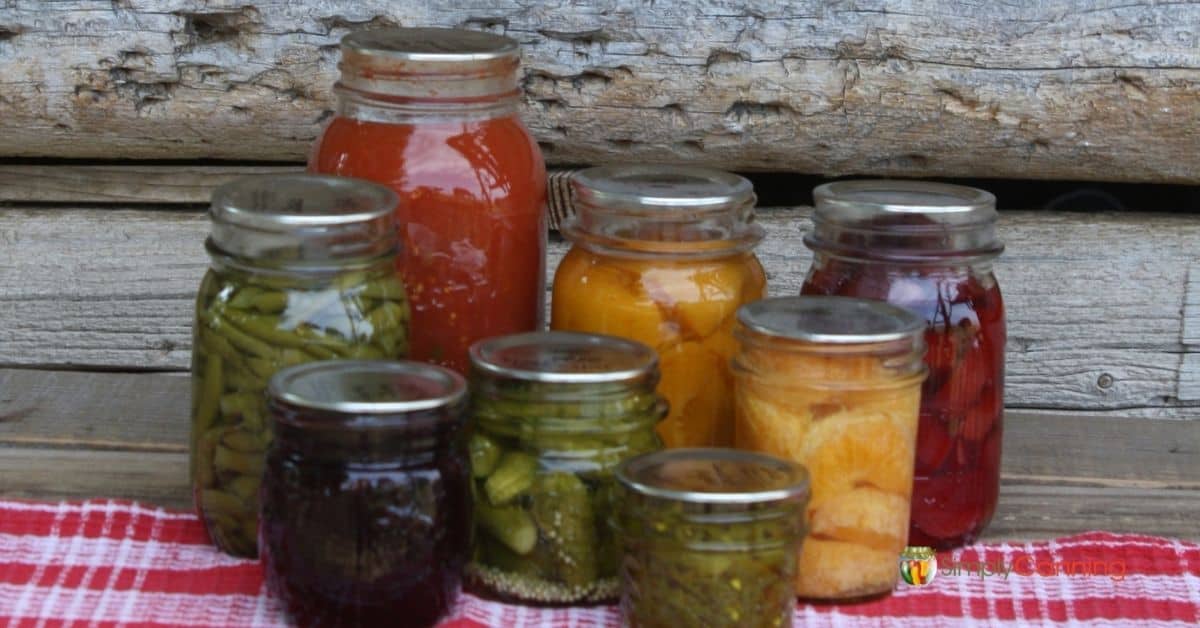
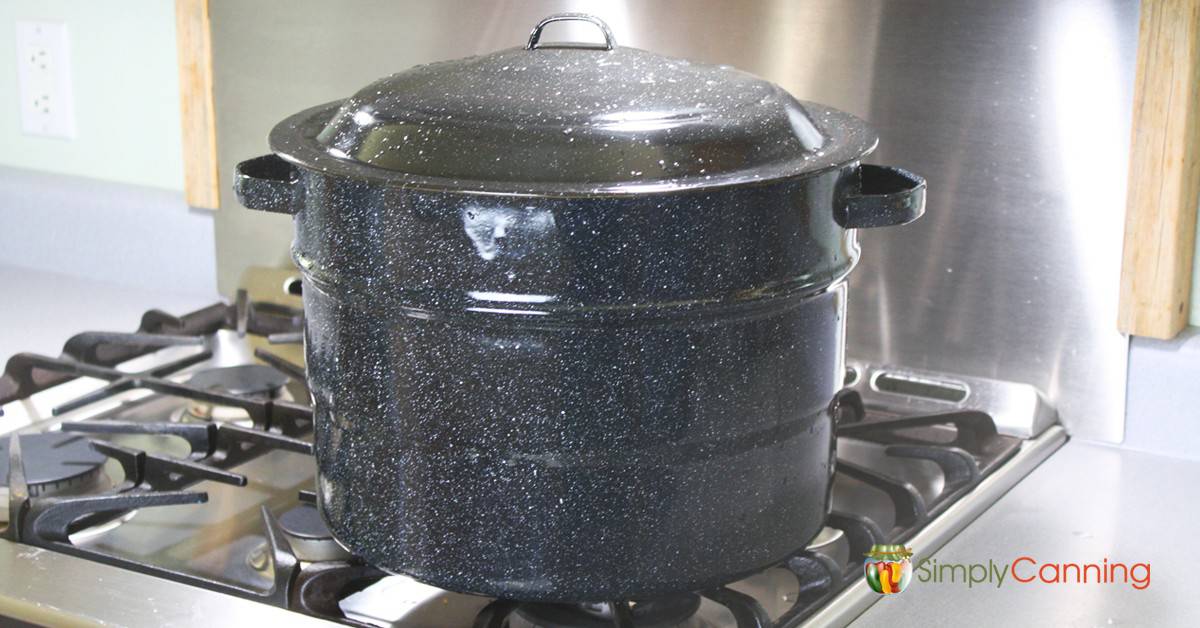
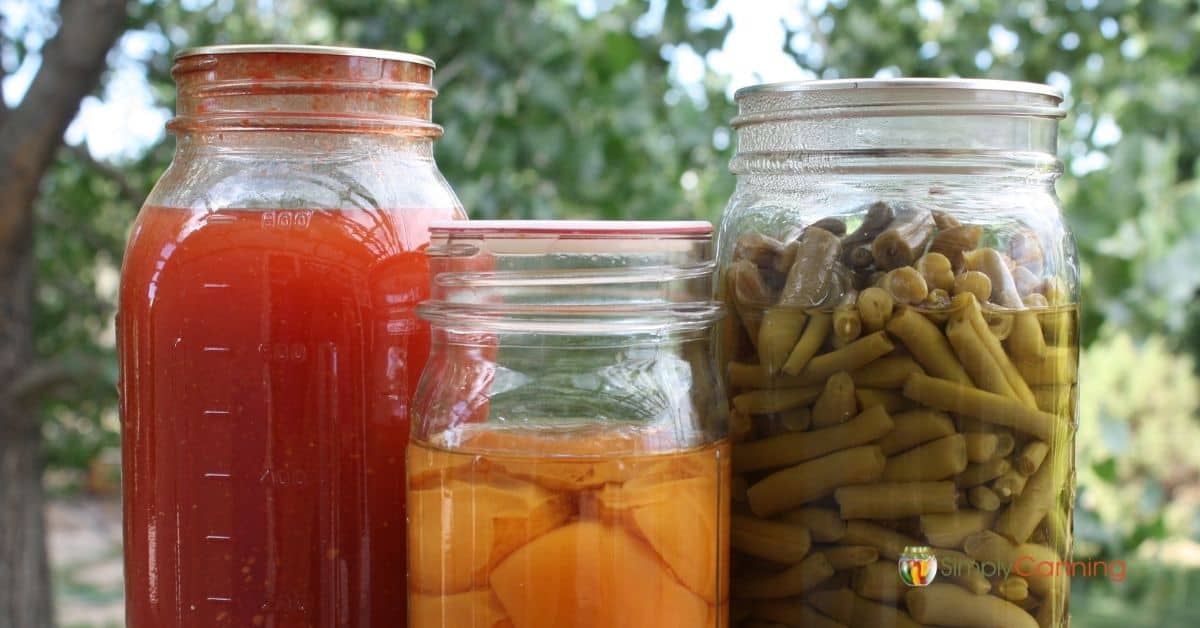
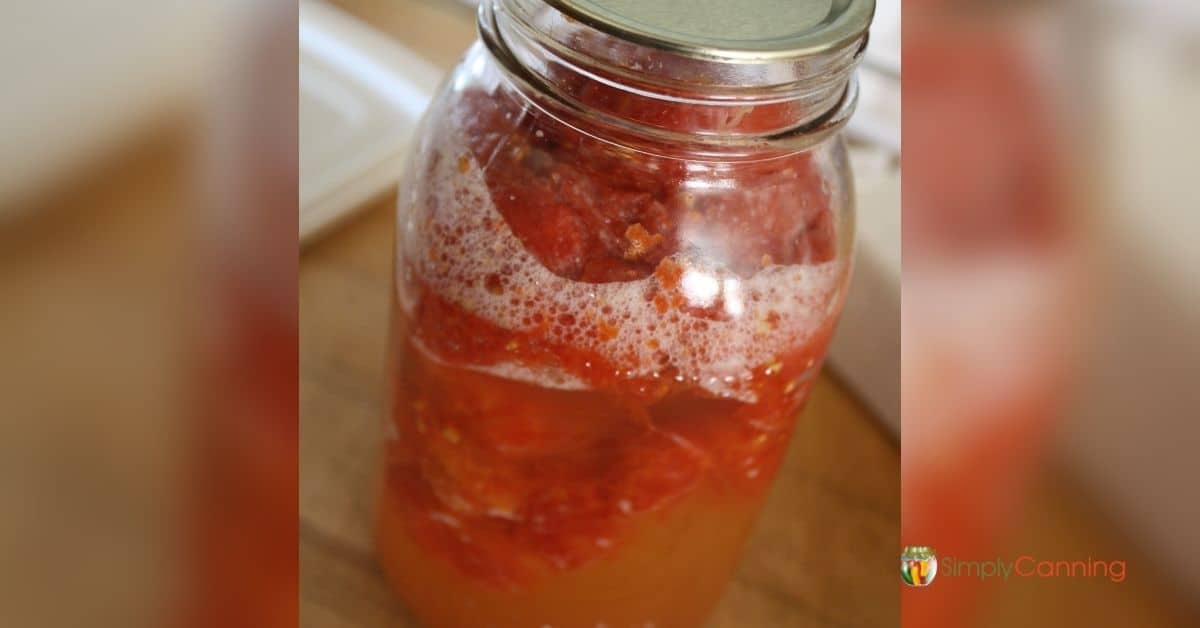
Thank you for this article. It was exactly what I was looking for. I have a specific question and I’m wondering if you can help put my mind at ease. My mother has canned for decades. This summer she taught me how. I have pressure canned green beans, and water bathed pickles, green tomatoes, ripe tomatoes and spaghetti sauce. I have no concerns about these. My concern is with the peaches that I canned this weekend. I added 1 teaspoon of lemon juice to each quart and half that to each pint. I did a water bath for the appropriate… Read more »
Hi Lisa, sometimes things just overflow and there is not much to do about it. Watch your headspace as that might cause overflowing. Also, watch that you don’t try to speed up the cool-down process. I talk more about this on this page about liquid loss in home canning Sometimes when things overflow like yours did the jars actually end up low on liquid. Either way as long as you know your process was according to instructions the jars are fine. Watch the seals as the extra mess might cause a weaker seal, but as long as the jars are… Read more »
I’ve been in a few of those Facebook groups and wow, it gets heated (massive understatement). The canning method that truly baffles me is when people water bath can everything for 3 hours. I don’t even like vegetables that pressure canned correctly for 75 minutes – I find them massively overcooked and mushy and I therefore blanch and freeze rather than can. If I haven’t used it quick enough, I will then pressure can them, but they are then destined for soup that gets blended. Dry canning potatoes also blew my mind – it is definitely your kitchen, your rules,… Read more »